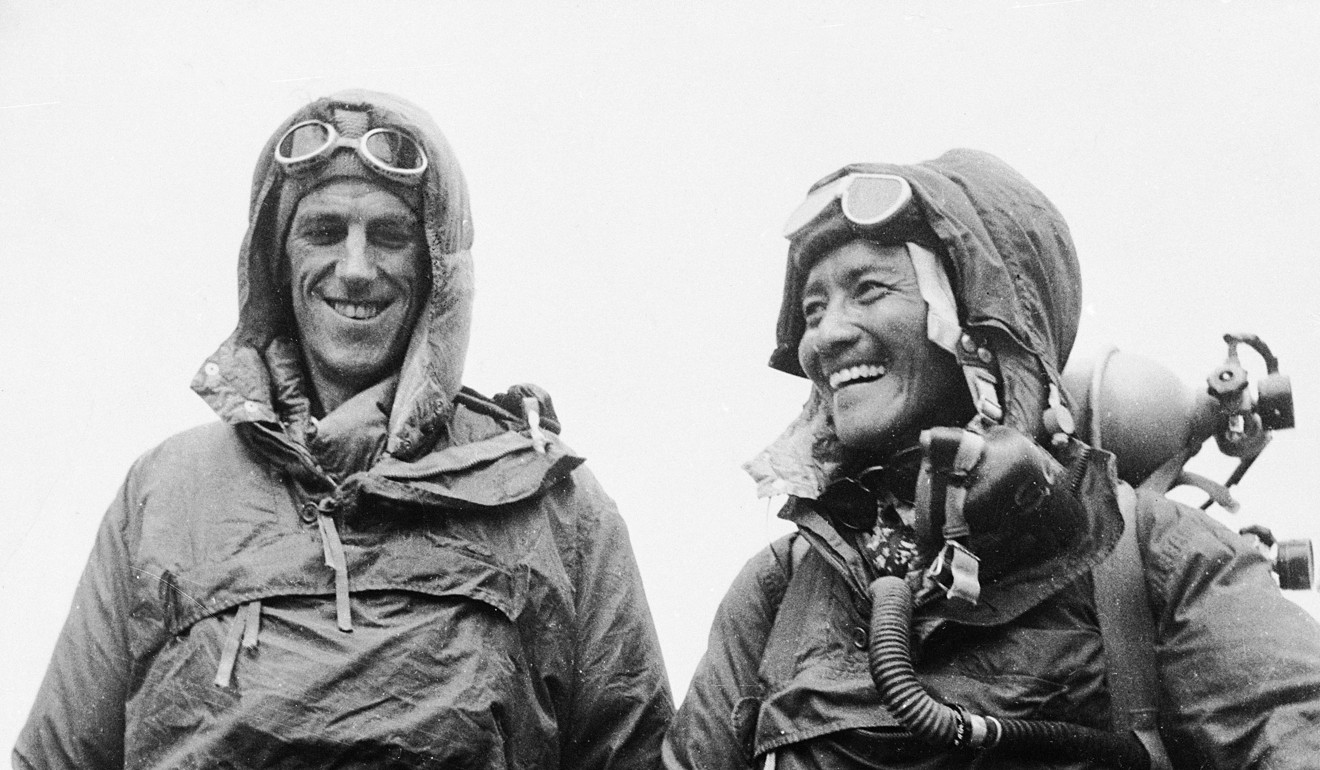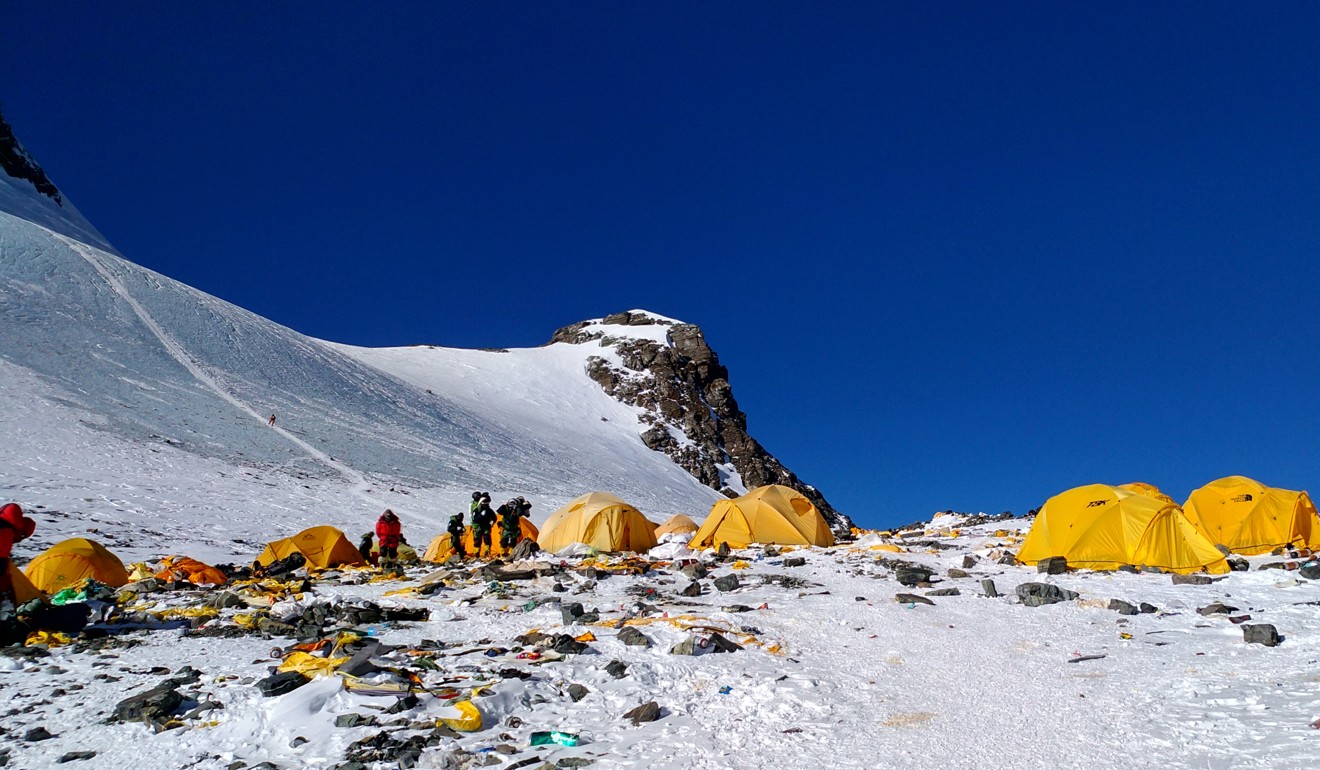
Traffic jams in the death zone: is climbing Mount Everest even a real achievement any more?
- Yonden Lhatoo is alarmed by images of human traffic jams above 8,000 metres on the world’s highest mountain and questions whether it is even worth it as climbers lose their lives because of overcrowding this season
One of my favourite uncles fell to his death after he had scaled Mount Everest and was on his way down from the world’s highest peak in May 1993.
He was 41, physically in top form, fully trained and raring to go, having joined an expedition to mark the 40th anniversary of the historic first ascent of the mountain by his own uncle, the more famous Tenzing Norgay.
We were in disbelief that a veteran climber of his calibre could be cut down so cruelly in his prime, coming from a family of pioneering mountaineers who made their names going up and down those same wretched slopes that are swarming with hundreds of people at a time these days.
My father had climbed Everest a decade before that, and my mother’s brother was the first man in the world to scale it twice, long before people started doing it multiple times. In fact I’ve lost count of the number of cousins, in-laws and close and distant relatives who have achieved the same feat.

All that may go with the territory, but the fatalities being reported on Everest this season – at least eight at the time of writing this – are particularly concerning in the context of the human traffic jams in the aptly named “death zone”, at a dizzying altitude of more than 8,000 metres (26,246 feet).
The pictures that climbers are sending back are jaw-droppingly astonishing and alarming, with hundreds of them lining up like fans at a Lady Gaga show. Except that up there, they are all risking their lives, perched precariously along the ridge that forms the final approach to the summit, waiting for their turn to clamber up or scramble down while attached to a single fixed rope.

Experienced climbers will tell you that this is a disaster waiting to happen, because the last thing you want to do is linger for hours in the death zone. You’ll want to get the hell out of there as quickly as possible because all it takes is for that small window of clear weather to close and one of those notorious jet streams to blow in, and it’s game over.
It doesn’t help that many of those flocking to Everest every year are rank amateurs who are neither physically nor mentally prepared for the rigours of the most hostile environment on the planet. They’re completely dependent on their Sherpa guides to push, pull, drag or carry them up to the top and back.

We’ve reached a stage where it’s time to stop and revaluate whether climbing Everest is even worth it any more. Hundreds do it every year, thousands have done it already, and one Sherpa set a record this month with his 24th ascent. Yes, you read it right, two dozen times. And two of his peers have retired after reaching the top 21 times each.
Keeping that in mind and without belittling the achievements of those who have risked life and limb because it’s there, including my own relatives, it may be time to ask whether it’s anything to boast of any more. Or if anyone even cares these days.
Yonden Lhatoo is the chief news editor at the Post

